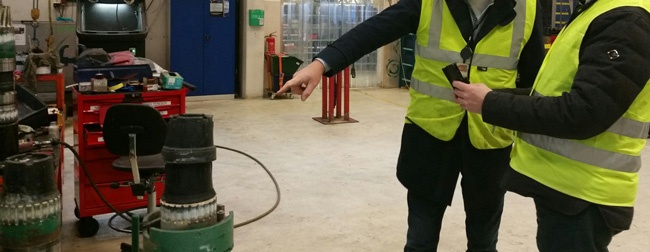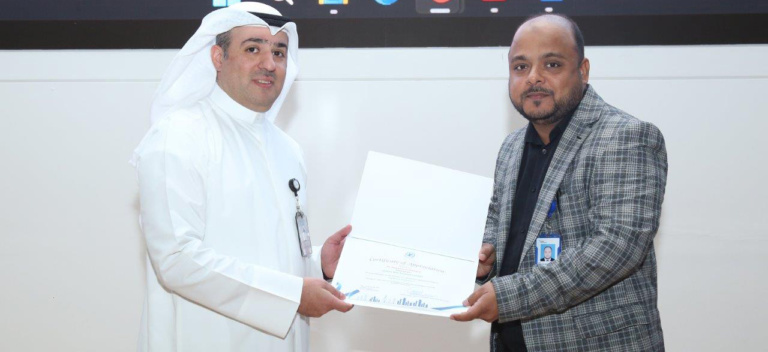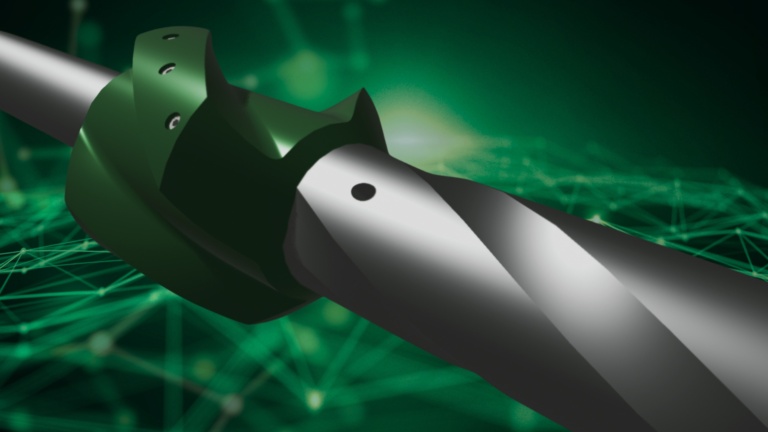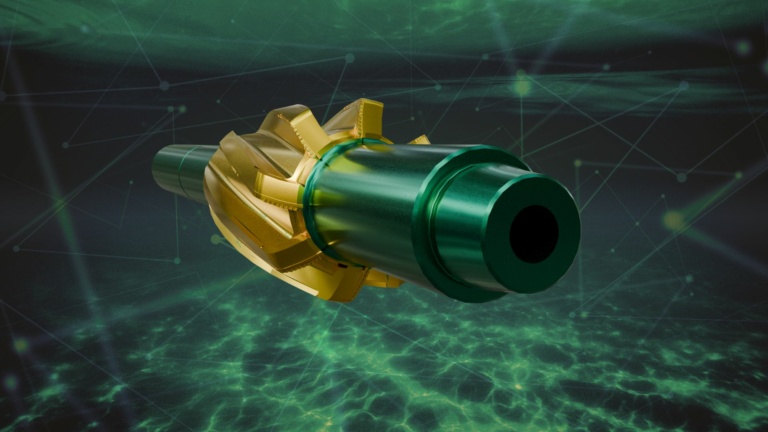A brief overview of drilling equipment standards
In the past we didn’t think it was possible to drill in some of the arduous environments we are now working in. Because of these conditions, high standards are required and are continuously updated to ensure we don’t encounter equipment failures, safety issues and environmental problems.
Drilling equipment standards depend on the type of equipment, where it will be used and the purpose it will be used for. International (ISO/IEC) and European standards (CEN/CENELEC), form the basis of all activities in the industry. However, some countries have their own laws, regulations & standards due to varying safety considerations and conditions. For example, because of the harsh conditions of the North Sea, Norway has developed the NORSOK standard.
For more information on ISO standards used in the oil and gas industry, take a look at this standards poster. The full ISO website can be found here.
Below is a list of links to websites where you can order or download standards:
DNV GL
DNV GL OS-standards
Norwegian Oil and Gas Association
Norwegian Oil and Gas’ guidelines
American Petroleum Institute (API)
API standards
International Maritime Organization (IMO)
IMO codes og resolutions
Nordtest (NT)
NT methods
The International Marine Contractors Association (IMCA)
AODC publications
The Norwegian Standards Association (NSF)
Sells and markets EN-, NS-, ISO- og IEC-standards.
NORSOK
NORSOK standards
The International Organization of Legal Metrology (OIML)
Petrotechnical Open Software Corporation (POSC)
Inspection, repair and re-certification
Equipment should be inspected on a periodical basis. Timescales are give in the Standard’s Guidelines. All inspection, repair and re-certification is based upon the standard the equipment was originally designed for. It would appear as somewhat strange if the servicing of the equipment suddenly changed to a different norm than what it was first based on. Although, when moving equipment to other countries, additional standards maybe required.
In some cases several standards and regulations occur simultaneously. Below is an example of an EC-declaration of conformity for a Lift-sub.

Here you can see there are many standards and regulations, it can get quite complicated at times. As long as you follow guidelines given in the standards manuals everything should turn out fine!
See also > Understanding the inspection process of drilling tubulars
Topics: Drilling Equipment

By: Frode Bjørheim
Frode Bjørheim is a specialist in drill pipe standards and lifting equipments with more than 30 years’ experience in the oil & gas industry, both offshore and onshore.



